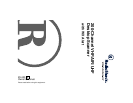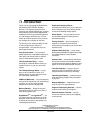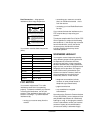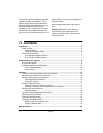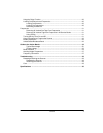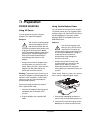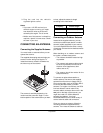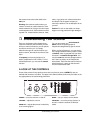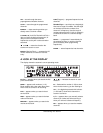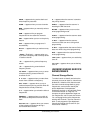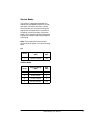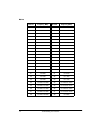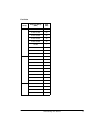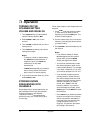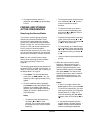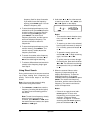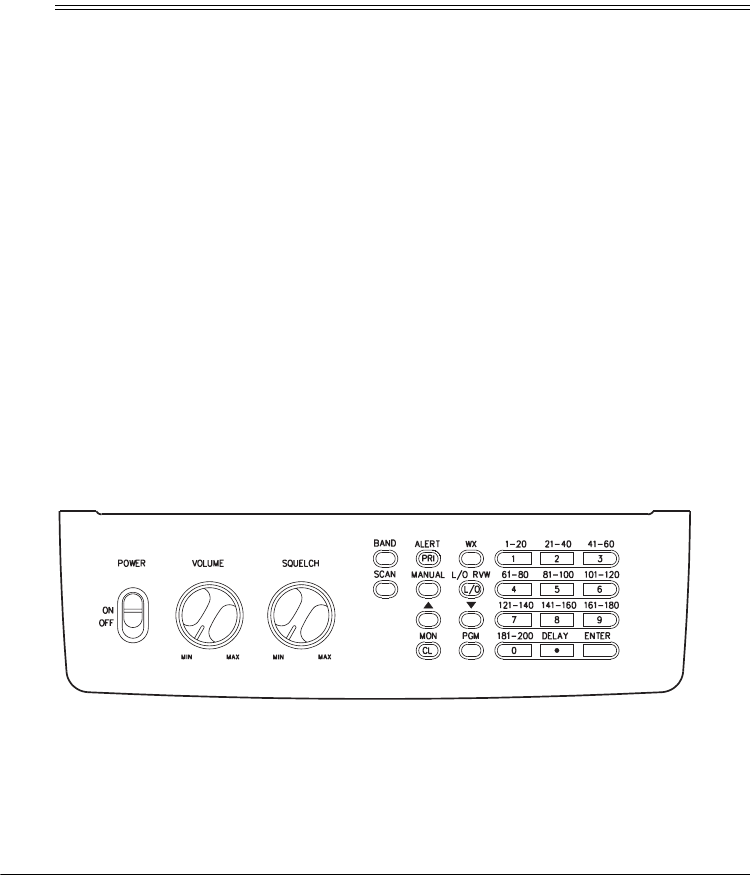
8
Understanding Your Scanner
the scanner and connect the cable to the
ANT
jack.
Warning:
Use extreme caution when you
install or remove an outdoor antenna. If the
antenna starts to fall, let it go! It could contact
overhead power lines. If the antenna touches
a power line, contact with the antenna, mast,
cable, or guy wires can cause electrocution
and death. Call the power company to
remove the antenna. Do not attempt to do so
yourself.
Caution:
Do not run the cable over sharp
edges or moving parts that might damage it.
ˆ
Understanding Your Scanner
Once you understand a few simple terms
used in this manual and familiarize yourself
with your scanner's features, you can put the
scanner to work for you. You simply
determine the type of communications you
want to receive, then set the scanner to scan
them.
A
frequency
is the tuning location of a
station (expressed in kHz or MHz). To find
active frequencies, you can use the
search
function.
You can also search the
service-search
banks
, which are preset groups of
frequencies categorized by type of service.
When you find a frequency, you can store it
into a programmable memory location called
a
channel
, which is grouped with your other
channels in a
channel-storage bank
. You
can then
scan
the channel-storage banks to
see if there is activity on the frequencies
stored there. Each time the scanner finds an
active frequency, it stays on that channel
until the transmission ends.
A LOOK AT THE CONTROLS
Some of the scanner’s keys perform more than one function (such as
MON/CL
) and are
marked with more than one label. The steps in this Owner’s Manual show only the label on the
key appropriate to the action being performed.
POWER
— turns the scanner on and off.
VOLUME
— adjusts the volume.
SQUELCH
— adjusts the scanner’s sensitivity
to an incoming signal.
BAND
— lets you search service banks.
PRI/ALERT
— turns the priority function on
and off, or sets the scanner to WX alert
mode.



